Console Cable: An Expert Guide
Table of content
Introduction:
Have you ever thought about accessing other devices without considering a Local Area Network or the internet in between? It is possible and can be done through a console cable. A console cable is typically used to connect Cisco networking equipment to personal devices such as PCs and terminals for configuration. This configuration is considered the best way to connect devices in order to establish a terminal connection because in such a connection the risk of any disruption in connectivity is almost zero.
In this blog, we will delve into console cables, their types, use cases, and features. After going through this expert guide, you will have immense knowledge about console cable and terminal connection.
What is a Console Cable?
Console cables, also known as rollover cables, cisco cables, and management cables, are used to connect a computer and a networking, such as a router or switch directly. It basically manages and configures the devices through the command-line interface (CLI) or console port. A console cable has a serial connector on one end (Connected to the console port of the networking device) and a USB or console port on the other end (Connected to the USB or serial port of the computer). These connectors are called DB9 connectors and RJ45 connectors respectively.
This enables network administrators to perform troubleshooting tasks by accessing the configuration setting of the device. A console cable is a life saver providing reliable and secure access and management of devices in situations when remote access or network connection isn’t a good choice.
The best part of console cables is they alleviate even remove connectivity problems providing a terminal connection instead of an Ethernet or network connection. In terminal connection, network devices can be accessed directly through configuration status. Hence, it becomes a must-go choice for not only older but also brand-new Cisco networking devices.
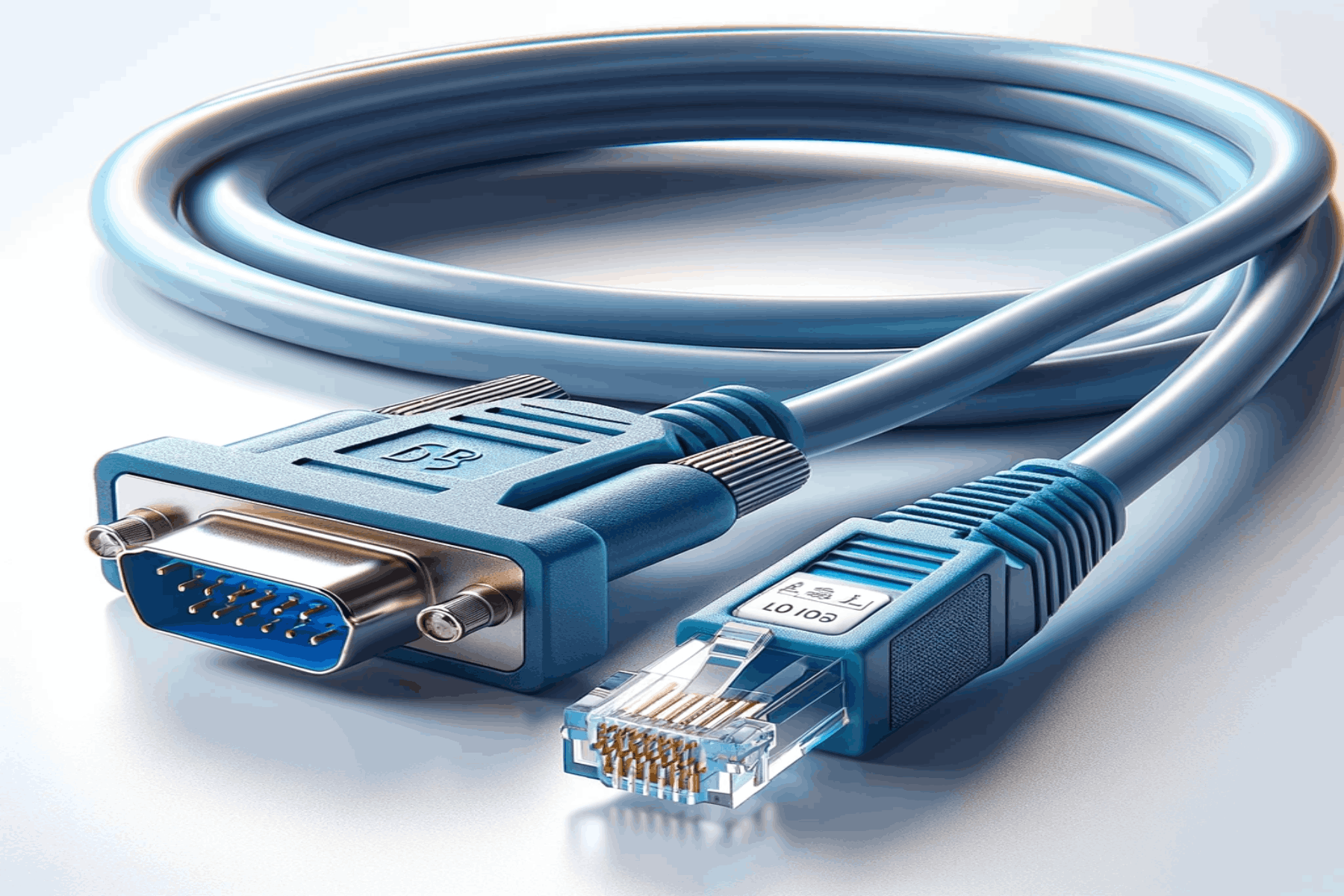
Console Cable: What is it used for?
Why do we need a console cable? The simplest answer is to establish a direct connection between a Cisco device, like a router, switch, or firewall, and a computer system.
However, it doesn’t function the way Linksys or Netgear router does as their feature vary. To make a console cable function, you first need to configure it. The configuration process means you need to connect it to the console port of the device as well as to the USB or consoled port of the computer system.
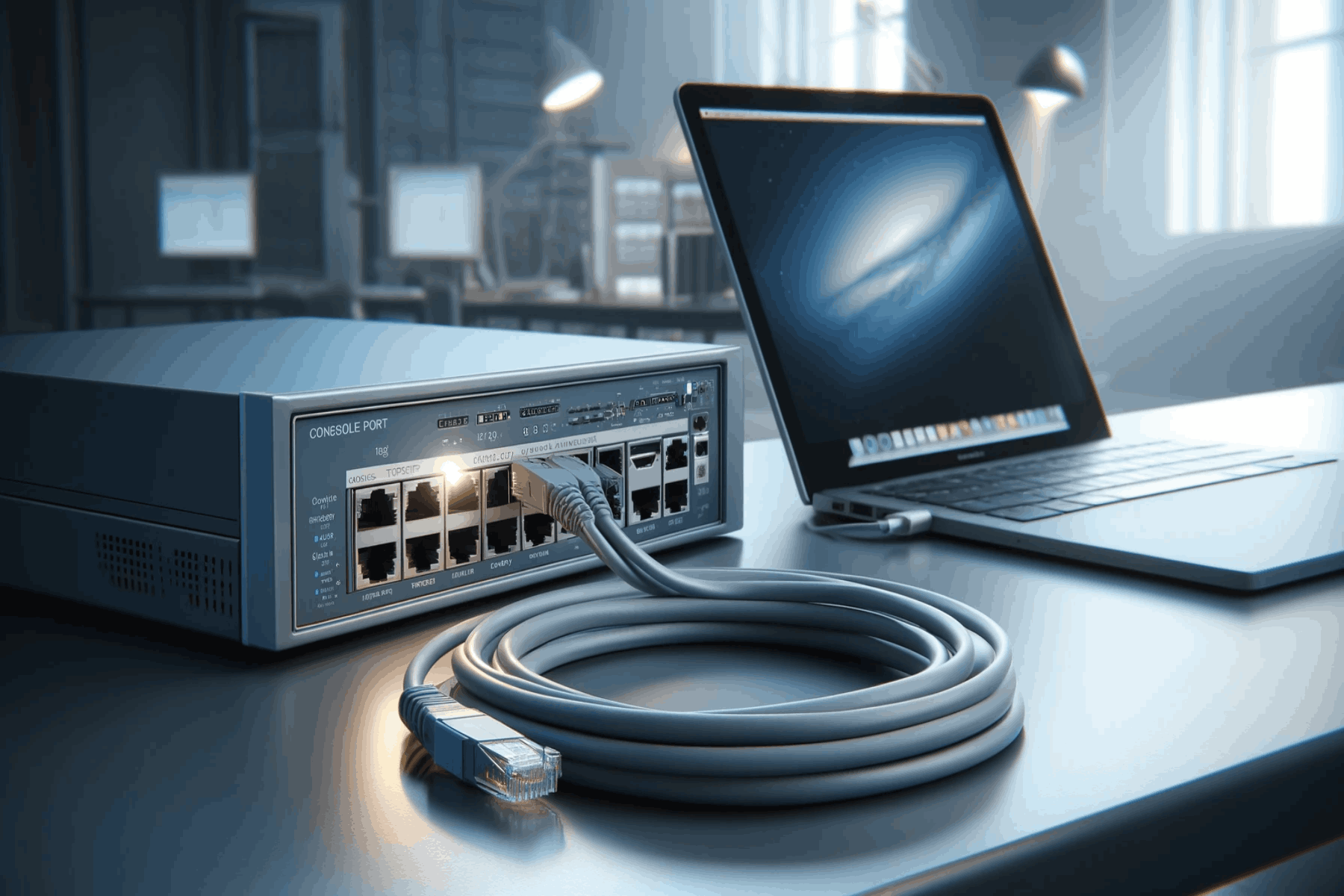
Ethernet or Network Connection vs Terminal Connection:
To reach the essence of Console cables and their function, it is necessary to learn the difference between Ethernet or network connection and Terminal connection.
Ethernet or Network connection is a way of data transmission with a network like LAN or WAN. In this type of connection, devices use IP addresses to receive and send data packets.
Whereas a terminal connection is a direct connection between Cisco networking devices and computer systems where a user can perform troubleshooting tasks easily. This type of connection doesn’t rely on the speed of the internet.
Different Types of Console Cables:
Despite being available in multiple shapes and sizes, RJ45 to DB9 Console Cables, USB A to Mini-B Console Cables, and USB to RJ45 Console Cables are the most used today. These console cables are considered the most recognized in the present time. Let’s go deep into their functions and purposes separately.
RJ45 to DB9 Console Cables:
These are the most common type of console cables primarily connected through improvised kits. Now these cables use RJ45 connector on one and DB9 on the other end. Both these connectors have changed the improvised kit with a particular individual cord.
It enables communication between devices that have DB9. In case you need to connect it to your laptop or PC, it will demand an adapter between the DB9 end and the USB port.
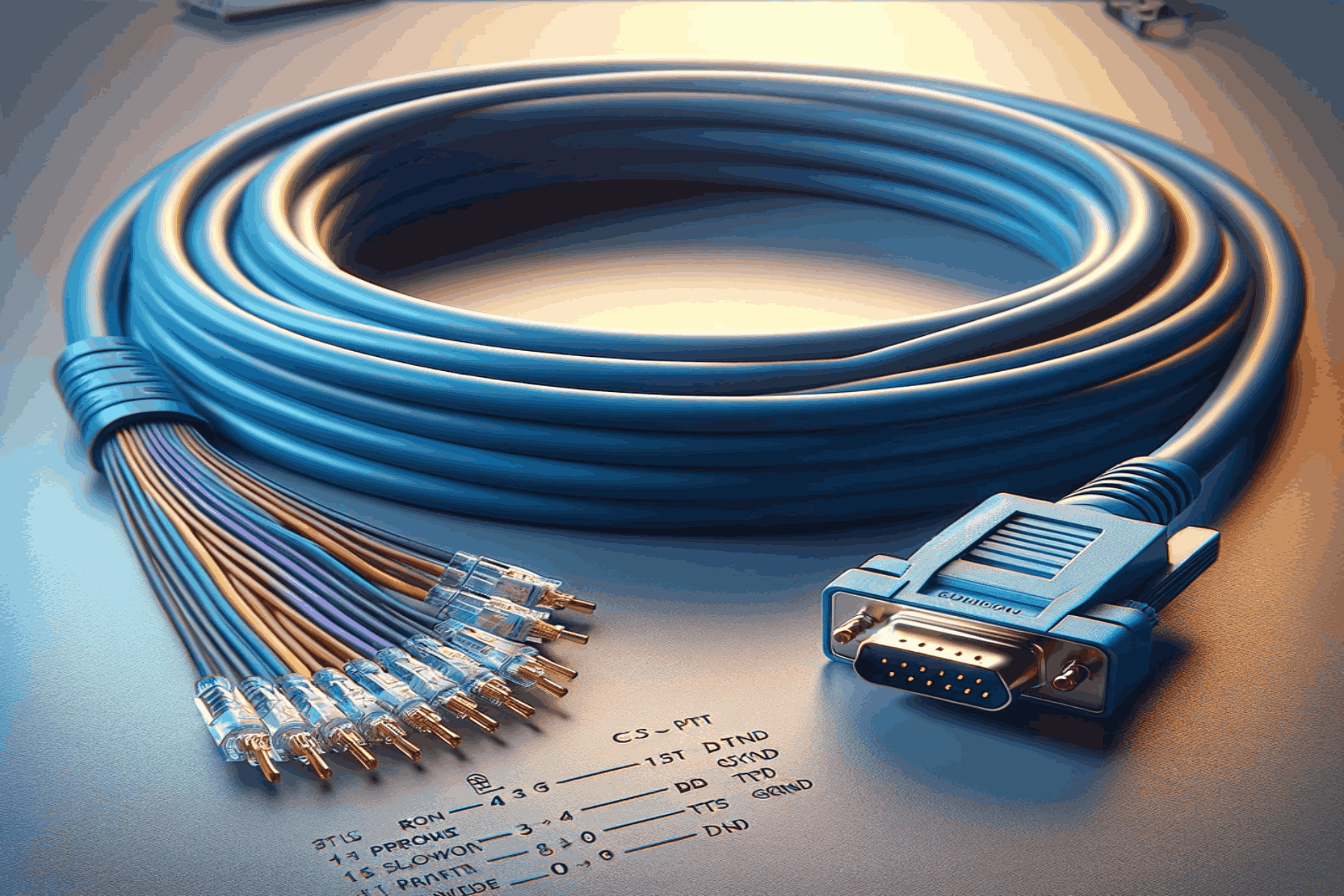
USB A to Mini-B Console Cables:
Purpose-made for portable smaller devices, this is another frequently used type of console cable that connects USB on a terminal to a mini-B port on the Cisco device. Unlike, the above-discussed type of console cable, the kit doesn’t have an RJ45 connector. Basically, it may vary in connector types but still, it is used when there is a need for a terminal connection.
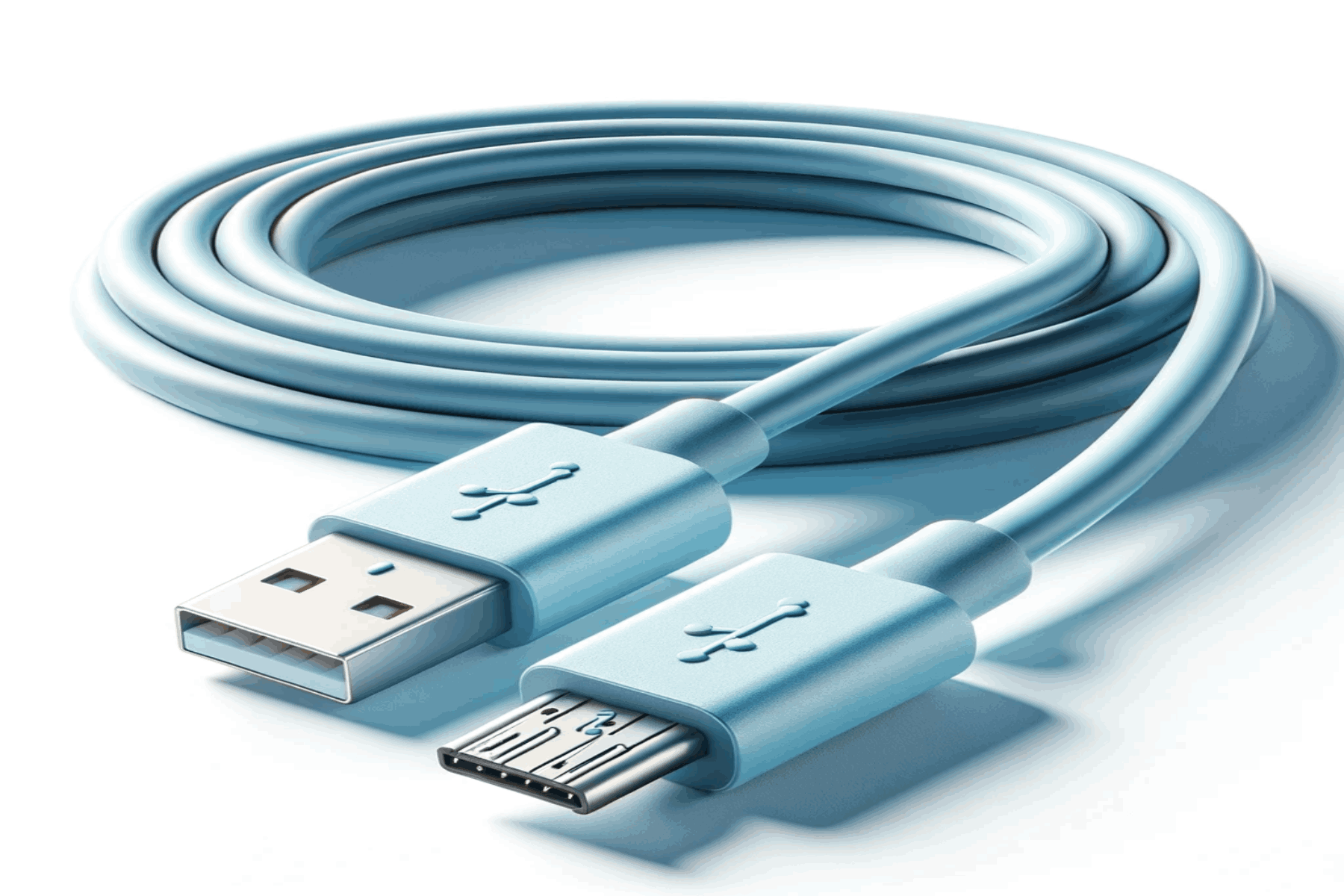
USB to RJ45 Console Cables:
It simplifies your communication setup by eliminating rarely used BD9 connectors. Besides, it helps you connect through a console port of a Cisco device to a standard USB port on the computer system. The CAB-CONSOLE-USB-RJ45 is considered the most common and easiest way to commence a terminal connection with advanced brand-new equipment.
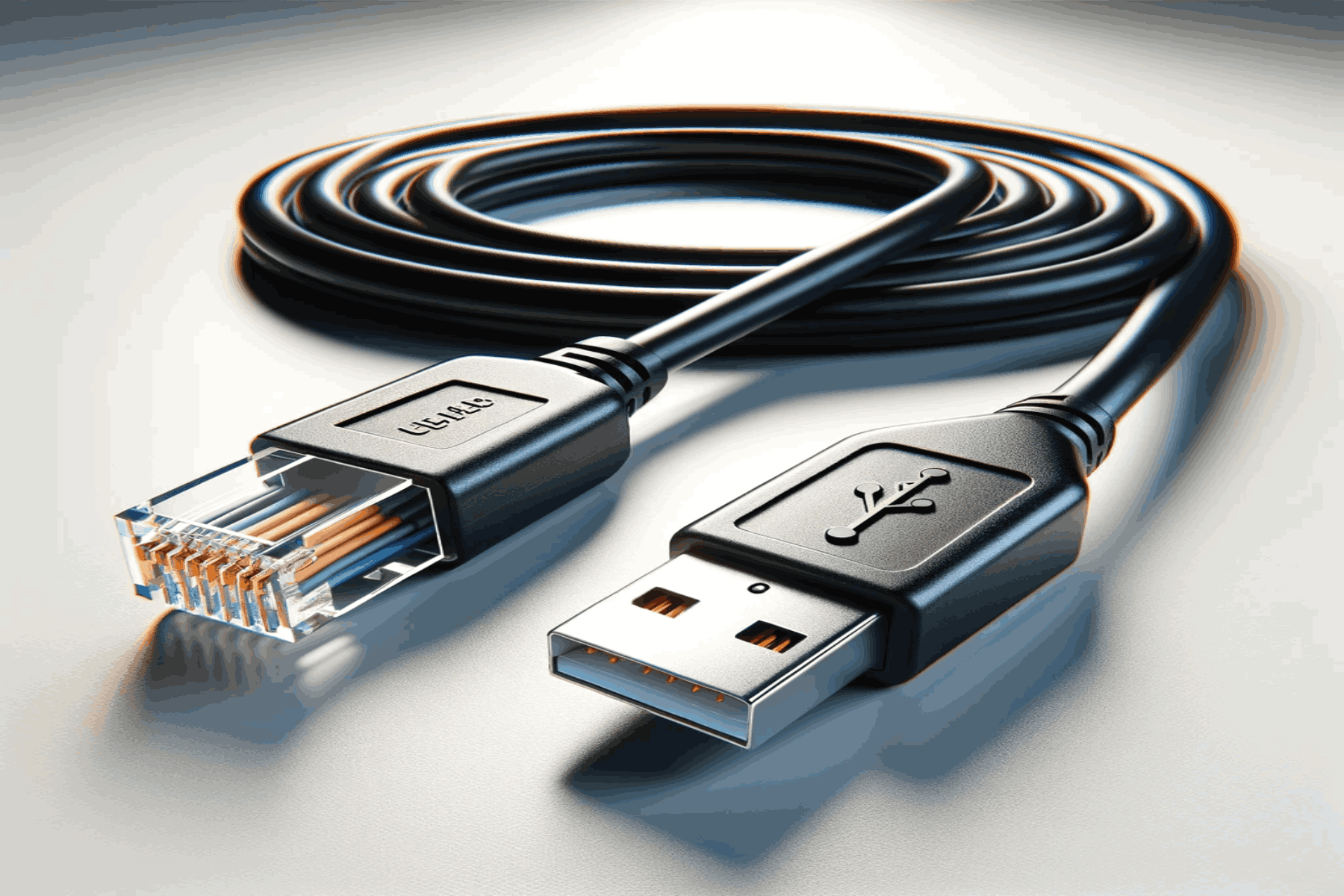
How To Wire An RJ45 Console Cable:
Here, we bring you a comprehensive roadmap to wire an RJ45 console cable. Just keep your eyes on the following steps and go on:
Step 1. Remove the screws on the cover of the DB9-to-RJ45 adapter kit and then remove the cover from the RJ45 connector.
Step 2. Plug the wires that extend from the RJ45 connector into the back of the DB9 connector according to the pinout below:
- DB9 pin 8 to RJ45 pin 1
- DB9 pin 6 to RJ45 pin 2
- DB9 pin 2 to RJ45 pin 3
- DB9 pin 5 to RJ45 pin 4
- DB9 pin 3 to RJ45 pin 6
- DB9 pin 4 to RJ45 pin 7
- DB9 pin 7 to RJ45 pin 8
Note that the RJ45 adapter pins are numbered from left to right when looking at the RJ45 socket with the tab up. The DB9 connector pins are labeled with the PIN next to each pin in small writing.
Step 3. Snap the cover back onto the RJ45-to-DB9 adapter. Tighten the screws to secure the cover.
Step 5. Connect a CAT5 or CAT6 standard patch cable to the RJ45 connector end of the adapter. The Cisco console cable is now ready for use.
Conclusion:
Console cable, along with all its varying connectors, is used at a large scale in the world of technology and network connectivity. Its reliable connectivity and troubleshooting capabilities provide network administrators with a ground to stay connected in times when the Ethernet or network fails to respond. Using a BD9 connector on one end and an RJ45 connector on the other end, a console cable has the energy to connect multiple Cisco devices directly to a computer system.
Frequently Asked Questions:
What are the primary kinds of console cables?
Console cables are available in multiple shapes and different sizes. However, there are only three kinds of console cables, such as RJ45 to DB9, USB A to Mini-B, and USB to RJ45 that are in use at large-scales.
Why is console cable important?
Console cables are important for systems where troubleshooting is required. Besides, these cables eliminate the need for network connection LAN and WAN and rely on direct terminal connection.
When should I use a console cable?
The best use of a console cable is when your Ethernet connection or network setup stops responding or you need remote access. This is where a console cable comes into play.
Can I make a console cable?
Yes, you can do it. The entire process requires a USB-Serial converter chip and wiring that in properly with the incoming USB cable and the outgoing cable with the 8P8C connector on the end.
What type of connection is achieved through a console cable?
Using a console cable, you establish a terminal connection between Cisco devices and a computer system. A terminal connection doesn’t rely on the speed of the internet as devices are directly accessed.




 Catalog
Catalog

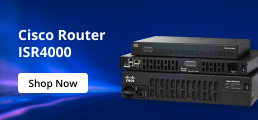

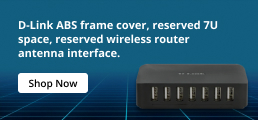
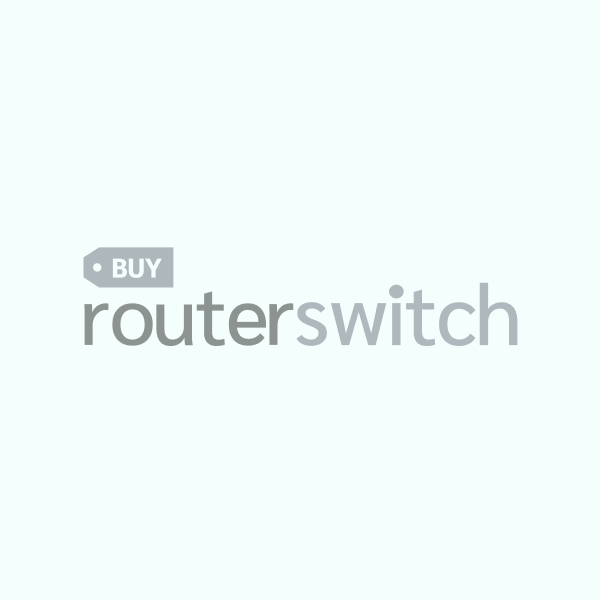
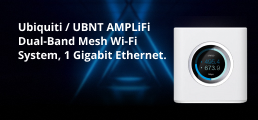


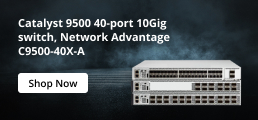
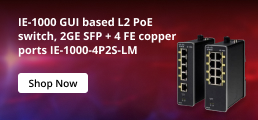

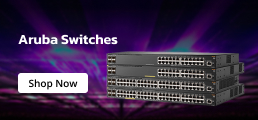

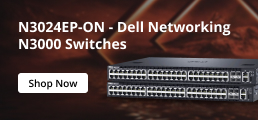
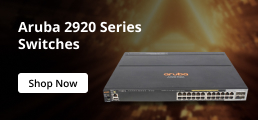
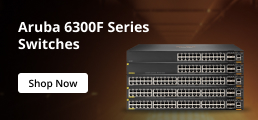
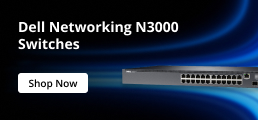




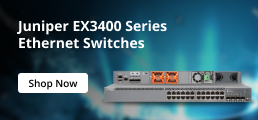


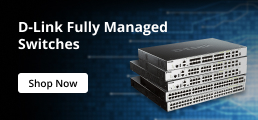



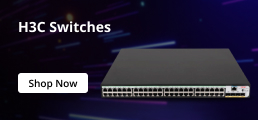


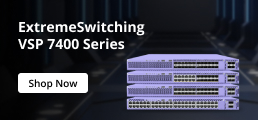
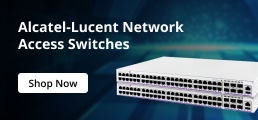

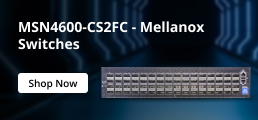




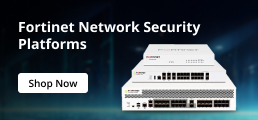




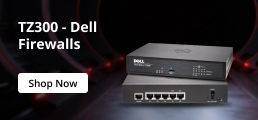



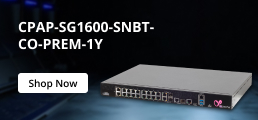
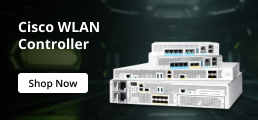
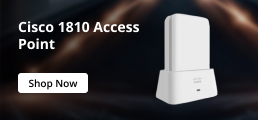
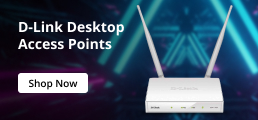







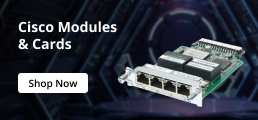
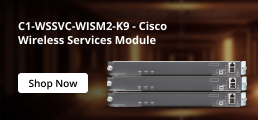




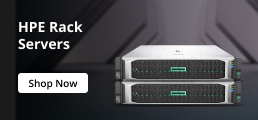
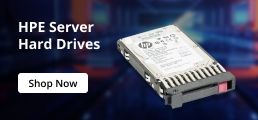




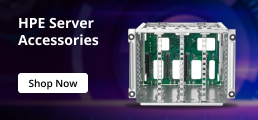
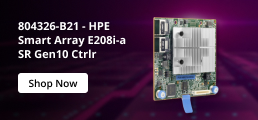

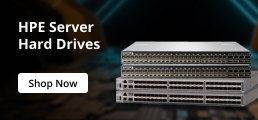


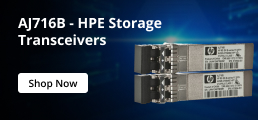




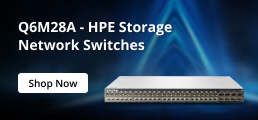

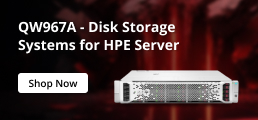


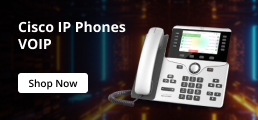





















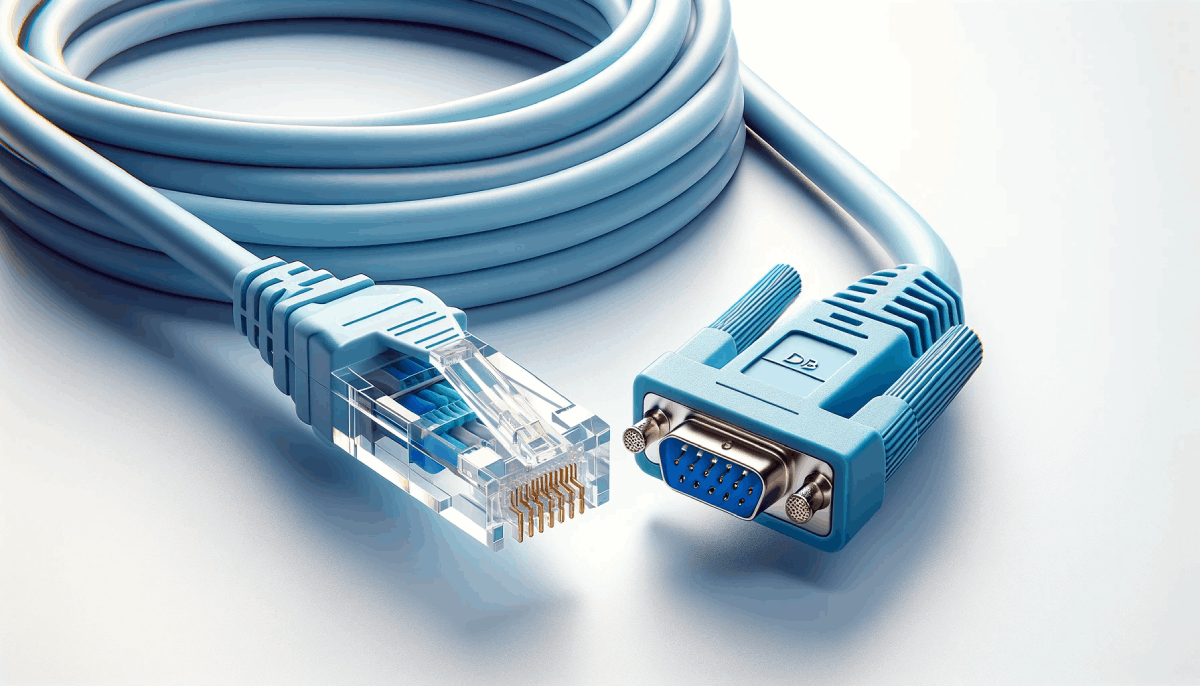
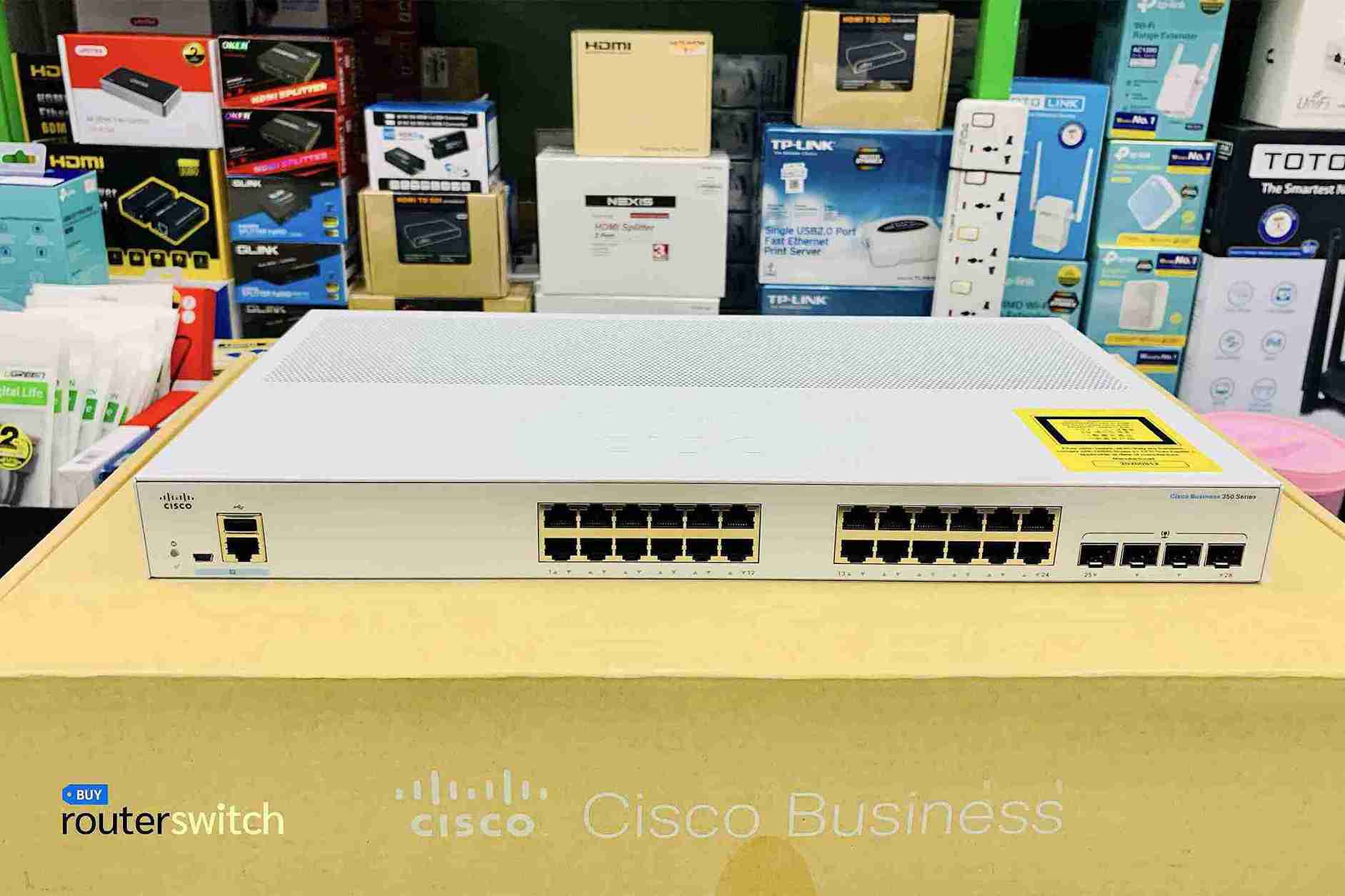
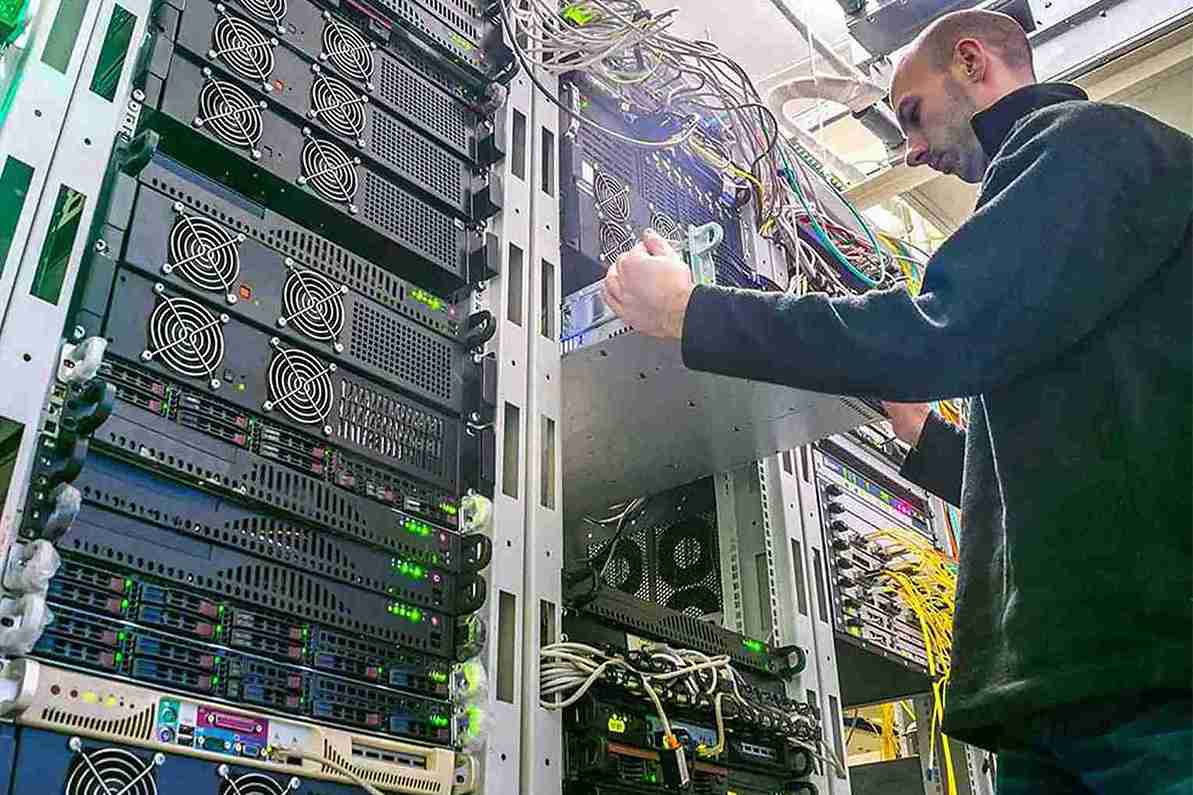





 (800) 870-9487
(800) 870-9487